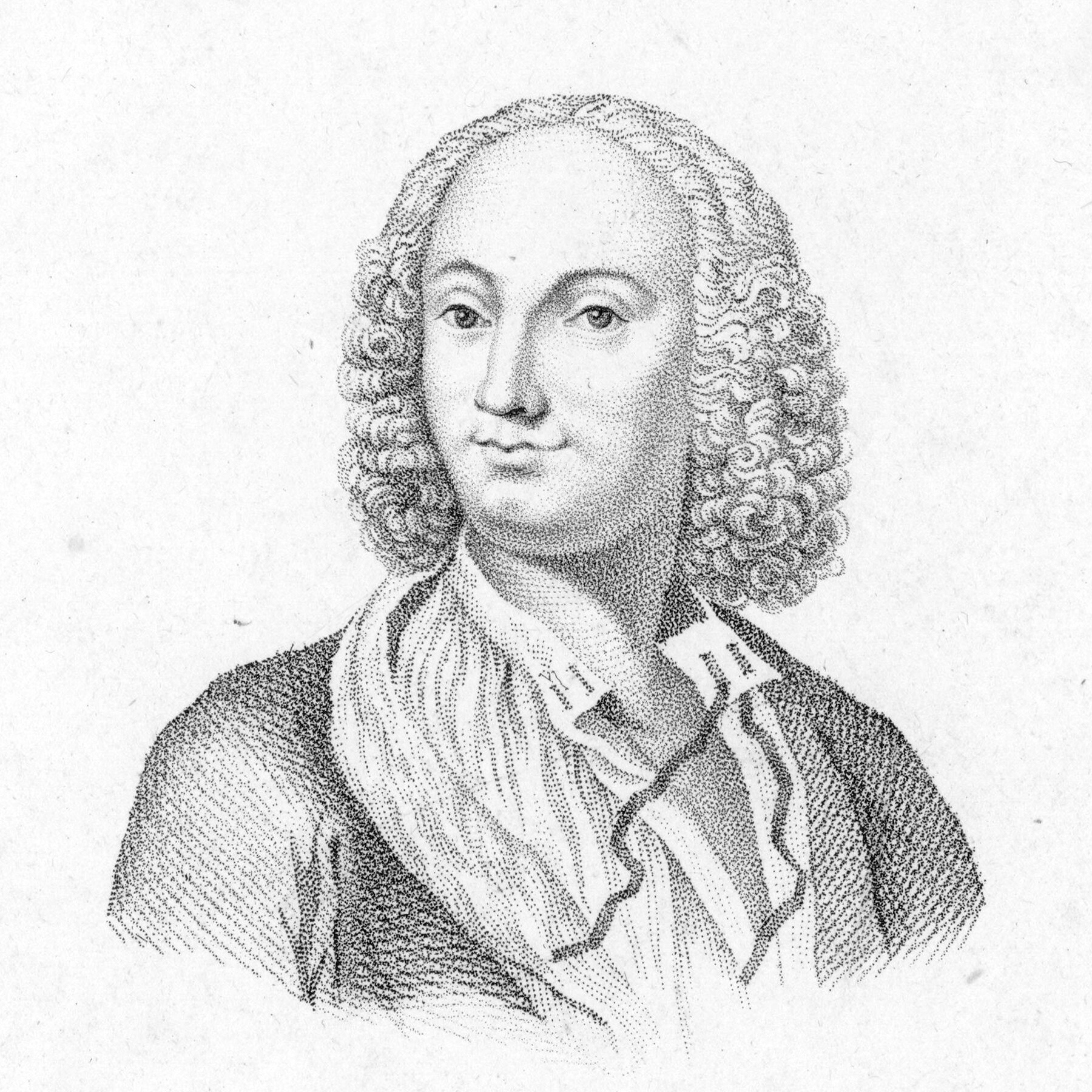A Vivaldi antenna or Vivaldi aerial[1] or tapered slot antenna[2] is a co-planar broadband-antenna, which can be made from a solid piece of sheet metal, a printed circuit board, or from a dielectric plate metalized on one or both sides.
Antonio Vivaldi Wikipedia Shqip
Vivaldi: La Stravaganza (12 Violin Concertos, Op. 4), Zino Vinnikov (Violin & Music Director), Soloists' Ensemble of the St. Petersburg Philharmonic Orchestra, September 2014. Vivaldi, La Stravaganza, Rachel Podger (Violin), Channel Classics, 2003, CCS SA 19503. This recording won the Gramophone Award for Best Baroque Recording of 2003. Antonio Vivaldi wrote at least three settings of the hymn Gloria in excelsis Deo, whose words date probably from the 4th Century and which is an integral part of the Ordinary of the Mass.Two survive: RV 588 and RV 589. A third, RV 590, is mentioned only in the Kreuzherren catalogue and presumed lost. The RV 589 Gloria is a familiar and popular piece among sacred works by Vivaldi. Σε μια επιστολή προς τον χορηγό του μαρκήσιο Μπεντιβόλιο (Bentivoglio), ο Βιβάλντι αναφέρεται στις 94 όπερές του.
The feeding line excites an open space via a microstrip line or coaxial cable, and may be terminated with a sector-shaped area or a direct coaxial connection. From the open space area the energy reaches an exponentially tapered pattern via a symmetrical slot line.
Vivaldi antennas can be made for linear polarized waves or – using two devices arranged in orthogonal direction – for transmitting / receiving both polarization orientations.
If fed with 90-degree phase-shifted signals, orthogonal devices can transmit/receive circular-oriented electromagnetic waves.
Vivaldi antennas are useful for any frequency, as all antennas are scalable in size for use at any frequency. Printed circuit technology makes this type antenna cost effective at microwave frequencies exceeding 1 GHz.

Advantages of Vivaldi antennas are their broadband characteristics (suitable for ultra-wideband signals [3]), their easy manufacturing process using common methods for PCB production, and their easy impedance matching to the feeding line using microstrip line modeling methods.
The MWEE collection of EM simulation benchmarks includes a Vivaldi antenna.[4][5][6][7][8][9]
Vivaldi Wikipedia
References[edit]
- ^Peter J. Gibson: The Vivaldi Aerial, 9th European Microwave Conference Proceedings, Brighton, 1979, p. 101–105.
- ^Milligan, Thomas (2005). Modern antenna design (Second ed.). Hoboken, N.J.: John Wiley & Sons, Inc. p. 512. ISBN9780471457763. OCLC85820949.
- ^De Oliveira, A. M.; Perotoni, M. B.; Kofuji, S. T.; Justo, J. F. (2015). 'A palm tree antipodal Vivaldi antenna with exponential slot edge for improved radiation pattern'. IEEE Antennas Wirel. Propag. Lett. 14: 1334. Bibcode:2015IAWPL..14.1334D. doi:10.1109/LAWP.2015.2404875.
- ^'Vivaldi Antenna'. CST Computer Simulation Technology.
- ^'The 2000 CAD Benchmark'. Microwave Engineering Europe.
- ^'Design An X-Band Vivaldi Antenna'. Microwaves and RF.
- ^'Characterization of Vivaldi antennas utilizing a microstrip-to-slotline transition'(PDF).
- ^'Dual-orthogonal polarized Vivaldi Antenna for Ultra Wideband Applications'.
- ^'Vivaldi antenna'.
Antonio Vivaldi Wikipedia
